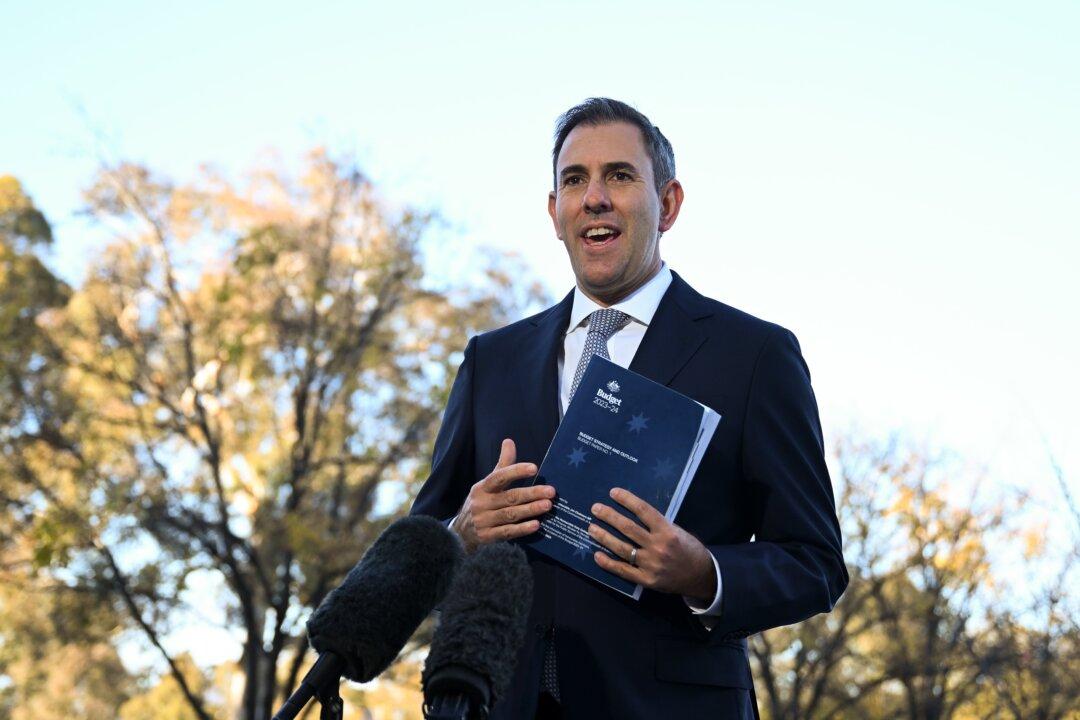Energy bill relief, tax cuts for every taxpayer, a cap on medicine prices, and support for renters have led the Labor government’s plans to ease cost-of-living pressures.
The federal budget, announced on May 14, delivers $3.5 billion (US$2.25 billion) in new energy bill relief, with every Australian household receiving an energy rebate of $300 (US$198) and one million small businesses getting a $325 rebate.




